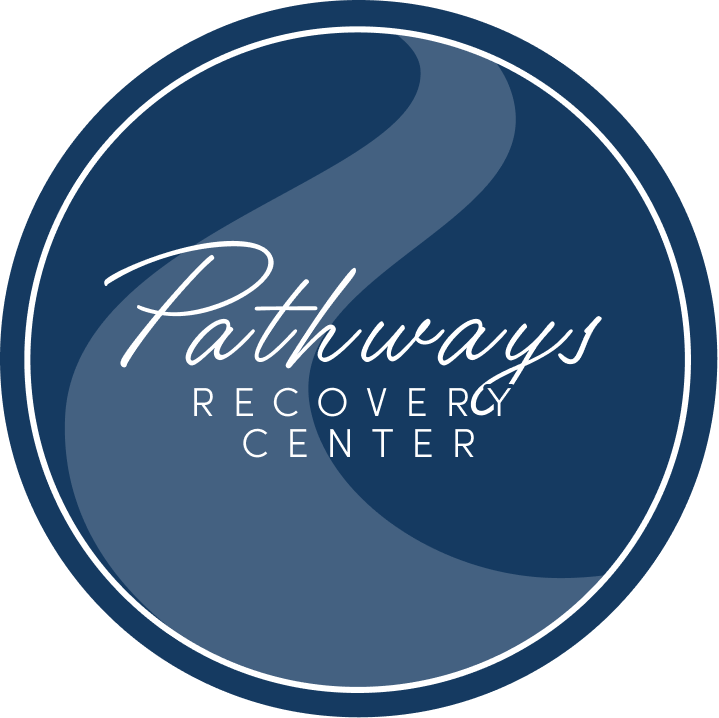The Opioid Crisis: Fentanyl and Oxycodone at the Forefront
In recent years, both fentanyl and oxycodone have gained significant attention due to their widespread use in pain management and their central role in the ongoing opioid crisis. According to the National Institute on Drug Abuse (NIDA), fentanyl, a synthetic opioid, is 50 to 100 times more potent than morphine and approximately 50 times stronger than oxycodone. This extreme potency makes fentanyl particularly dangerous when misused.
While fentanyl is primarily used to treat severe pain, often in cancer patients, its high potency creates an extremely high risk for addiction and overdose. Oxycodone, a semi-synthetic opioid, is prescribed for moderate to severe pain and carries a lower potency compared to fentanyl, but still presents significant risks.
According to the Centers for Disease Control and Prevention (CDC), synthetic opioids like fentanyl were responsible for nearly 68% of overdose deaths in the U.S. in 2022, highlighting the severity of this public health crisis.
Understanding Fentanyl and Oxycodone: Mechanisms and Uses
Both fentanyl and oxycodone work by binding to opioid receptors in the brain and body, reducing pain signals while creating a sense of euphoria. The National Library of Medicine explains that this euphoric effect significantly contributes to their high potential for misuse, addiction, and overdose.
Fentanyl: Medical Uses and Illicit Forms
Fentanyl is prescribed for severe pain, particularly in:
- Cancer patients experiencing breakthrough pain
- Individuals who have developed tolerance to other opioids
- Post-surgical patients requiring powerful pain management
According to research from Johns Hopkins Medicine, fentanyl can be administered through patches, lozenges, or injections in medical settings. However, illicit fentanyl has become increasingly prevalent in street drugs, often without the user’s knowledge.
The Drug Enforcement Administration (DEA) reports that illicitly manufactured fentanyl is primarily responsible for the recent surge in overdose deaths, as it’s frequently mixed with heroin or pressed into counterfeit prescription pills.
Oxycodone: Prescription Patterns and Risks
Oxycodone is a semi-synthetic opioid used for moderate to severe pain, commonly prescribed:
- After surgery or injury
- For chronic pain conditions when other treatments have failed
- In combination medications like Percocet (oxycodone with acetaminophen)
The U.S. Food and Drug Administration (FDA) notes that oxycodone is available in immediate-release and extended-release formulations under various brand names, including OxyContin and Roxicodone.
Comparing Potency: Why Fentanyl Presents Greater Risks
The most significant difference between fentanyl and oxycodone lies in their potency. Research from the University of California, San Francisco demonstrates that:
- Fentanyl is approximately 50 times stronger than oxycodone
- A therapeutic dose of fentanyl might be just 100 micrograms
- Oxycodone doses are typically measured in milligrams (5-10 mg for moderate pain)
This dramatic difference in dosage size highlights the extreme potency of fentanyl and explains why it’s typically reserved for cases of extreme pain when other opioids prove ineffective.
According to the National Institute on Drug Abuse, this potency difference makes fentanyl particularly dangerous in illicit markets, where even minor miscalculations in dosing can lead to fatal overdoses.
Health Risks Associated with Fentanyl Use
The risks of fentanyl use, especially when misused, are severe and potentially life-threatening:
Overdose Risk
Due to its extreme potency, even a small amount of fentanyl can cause a fatal overdose. The CDC reports that fentanyl can be lethal at doses as low as 2 milligrams (the size of a few grains of salt) for non-opioid-tolerant individuals.
Fentanyl Teeth
One lesser-known consequence of long-term fentanyl use is a condition called “fentanyl teeth.” This involves severe dental decay, often leading to tooth loss. Research from the National Institute of Dental and Craniofacial Research suggests this may be related to:
- Severe dry mouth induced by opioids
- Poor oral hygiene during periods of active addiction
- Nutritional deficiencies common in substance use disorders
Respiratory Depression
According to the University of Michigan Health, fentanyl can dangerously slow or stop breathing, particularly in high doses. This respiratory depression is the leading cause of death in opioid overdoses.
Addiction
The National Institute on Drug Abuse explains that fentanyl is highly addictive, and even short-term prescribed use can lead to dependence. Once a person develops an addiction to fentanyl, stopping its use typically requires professional fentanyl addiction treatment.
Health Risks Associated with Oxycodone Use
Although less potent than fentanyl, oxycodone carries significant risks, particularly when it comes to misuse and addiction:
Addiction
Like fentanyl, oxycodone is highly addictive. Research from Harvard Health Publishing shows that misuse, even beginning with a legitimate prescription, can lead to physical dependence and addiction.
Overdose
While the risk of overdose is lower than with fentanyl, the FDA warns that oxycodone can still cause fatal overdoses, especially when combined with other central nervous system depressants like alcohol or benzodiazepines.
Tolerance and Dependence
According to Stanford Medicine, long-term use of oxycodone often leads to tolerance, meaning higher doses are needed to achieve the same pain relief. This physiological adaptation can quickly lead to dependence, making it difficult to stop using without professional help.
Evidence-Based Treatment Approaches for Opioid Addiction
At Pathways Recovery Center, we offer comprehensive, evidence-based treatment for individuals struggling with addiction to fentanyl, oxycodone, and other opioids.
Medication-Assisted Treatment (MAT)
The Substance Abuse and Mental Health Services Administration (SAMHSA) endorses medication-assisted treatment as the gold standard for opioid use disorders. We incorporate FDA-approved medications such as:
- Buprenorphine/Naloxone: Administered daily under the tongue or in tablet form, this medication reduces opioid cravings and withdrawal symptoms while blocking the effects of other opioids
- Naltrexone: This non-addictive medication blocks the euphoric effects of opioids, reducing the risk of relapse
Medical Detoxification
Our medically supervised detox program helps individuals safely manage withdrawal symptoms. According to medical research from Harvard Health Publishing, medication for opioid use disorder has been shown to lower the risk of fatal overdoses by approximately 50%. For fentanyl, the withdrawal timeline typically includes:
- Early symptoms (within hours to one day): Muscle and bone pain, sleep problems, gastrointestinal discomfort
- Peak symptoms (48-72 hours): Intense cravings, nausea, vomiting, diarrhea, anxiety
- Diminishing symptoms (over 1-2 weeks): Gradually decreasing physical symptoms, though psychological symptoms may persist
Comprehensive Therapeutic Approaches
Based on recommendations from the National Institute on Drug Abuse, our comprehensive treatment program incorporates:
- Individual and group therapy
- Cognitive Behavioral Therapy (CBT)
- Dialectical Behavior Therapy (DBT)
- Family therapy
- Holistic approaches including yoga, meditation, and art therapy
Choosing the Right Treatment Path
Whether addiction involves fentanyl or oxycodone, professional intervention is essential. At Pathways Recovery Center, we provide the support, care, and evidence-based treatment necessary to help individuals recover from opioid addiction and regain control of their lives.
Our comprehensive treatment plans address both the physical and psychological aspects of addiction, offering a pathway to healing and hope. If you or a loved one is struggling with fentanyl or oxycodone addiction, don’t wait to seek help. Contact us today to learn more about our programs and take the first step toward recovery.
To learn more about the opioid crisis and treatment options, visit the National Institute on Drug Abuse or the CDC’s Overdose Prevention resources.rehensive treatment plans are designed to meet the unique needs of each client, offering a pathway to healing and hope.




